Filter by

Building a National Literature : The Case of Germany, 1830–1870
Building a National Literature boldly takes issue with traditional literary criticism for its failure to explain how literature as a body is created and shaped by institutional forces. Peter Uwe Hohendahl approaches literary history by focusing on the material and ideological structures that determine the canonical status of writers and works. He examines important elements in the making of a n…
- Edition
- -
- ISBN/ISSN
- 9780801496226
- Collation
- -
- Series Title
- -
- Call Number
- 800 FRA b
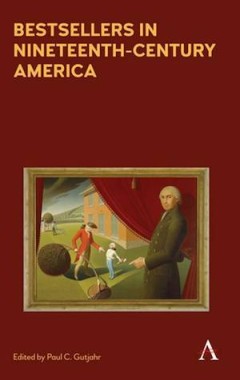
Bestsellers in Nineteenth-Century America : An Anthology
Bestsellers in Nineteenth Century America seeks to produce for students novels, poems and other printed material that sold extremely well when they first appeared in the United States. Many of the most famous American works of the nineteenth century that we know today — such as Herman Melville's Moby-Dick — were not widely read when they first appeared. This collection seeks to of…
- Edition
- -
- ISBN/ISSN
- 9781783085798
- Collation
- -
- Series Title
- -
- Call Number
- 813 BES
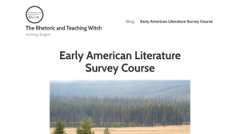
Early American Literature Survey Course : The Rhetoric and Teaching Witch
This course is a survey of Early American Literature (beginnings to 1890). The course includes suggested assignments, a course outline, and a MS Word text of Public Domain readings. This course is designed for a 16 week semester
- Edition
- -
- ISBN/ISSN
- -
- Collation
- -
- Series Title
- -
- Call Number
- 800 COO e

Technical and Professional Writing Genres : A Study in Theory and Practice
This modern, open-source guide to technical and professional writing explores workplace composition through theoretical and practical applications. Discussions of multiple writing genres will assist you in understanding how to apply for jobs, how to compose clear and precise business communications once the job has been acquired, and how to create documents -- such as proposals and reports -- t…
- Edition
- -
- ISBN/ISSN
- -
- Collation
- -
- Series Title
- -
- Call Number
- 808 HOW t

Advanced Public Speaking
This advanced public speaking textbook is designed to encourage you as a speaker and to help you sharpen your skills. It is written to feel like you are sitting with a trusted mentor over coffee as you receive practical advice on speaking. Grow in confidence, unleash your personal power and find your unique style as you learn to take your speaking to the next level--polished and professional.
- Edition
- -
- ISBN/ISSN
- -
- Collation
- -
- Series Title
- -
- Call Number
- 800 MEA a
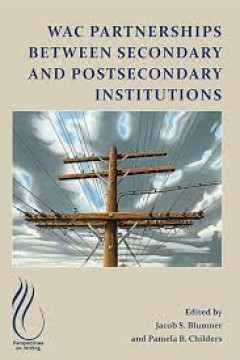
WAC Partnerships Between Secondary and Postsecondary Institutions
Working with educators at all academic levels involved in WAC partnerships, the authors and editors of this collection demonstrate successful models of collaboration between schools and institutions so others can emulate and promote this type of collaboration. The chapters in this collection describe and reflect on collaborative partnerships among middle schools, high schools, colleges, and uni…
- Edition
- -
- ISBN/ISSN
- 978-1-64215-073-5
- Collation
- -
- Series Title
- -
- Call Number
- 808.042 071 2 WAC
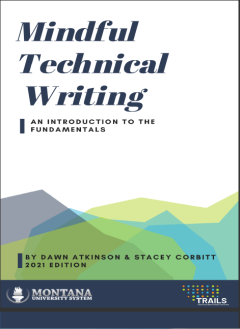
Mindful Technical Writing : An Introduction to the Fundamentals
Welcome to Mindful Technical Writing: An Introduction to the Fundamentals, an open textbook designed for use in co-requisite course pairings of developmental writing and introductory technical writing, or indeed in other lower-division college writing courses that focus on building study skills alongside effective workplace and academic writing skills. It offers a no-cost alternative to commerc…
- Edition
- -
- ISBN/ISSN
- -
- Collation
- -
- Series Title
- -
- Call Number
- 808 ATK m

Adaptive Strategies for Water Heritage : Past, Present and Future
This Open Access book, building on research initiated by scholars from the Leiden-Delft-Erasmus Centre for Global Heritage and Development (CHGD) and ICOMOS Netherlands, presents multidisciplinary research that connects water to heritage. Through twenty-one chapters it explores landscapes, cities, engineering structures and buildings from around the world. It describes how people have actively …
- Edition
- -
- ISBN/ISSN
- 978-3-030-00268-8
- Collation
- -
- Series Title
- -
- Call Number
- 827 ADA
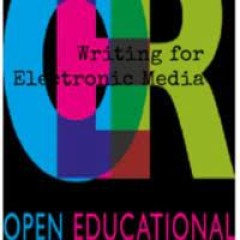
Writing for Electronic Media
Writing for Electronic Media, an OER textbook. OER stands for Open Educational Resource, which means it’s free for all who access. Since it is electronic, I will do what I can to keep it updated with the changing media. People’s viewing habits are changing as they migrate to mobile sources, social media, and kitten videos.Television News is still a dominant #1 source, and radio is still the…
- Edition
- -
- ISBN/ISSN
- -
- Collation
- -
- Series Title
- -
- Call Number
- 807

Naming the Unnameable : An Approach to Poetry for New Generations
Informed by a writing philosophy that values both spontaneity and discipline, Michelle Bonczek Evory’s Naming the Unnameable: An Approach to Poetry for New Generations offers practical advice and strategies for developing a writing process that is centered on play and supported by an understanding of America’s rich literary traditions. With consideration to the psychology of invention, Bonc…
- Edition
- -
- ISBN/ISSN
- 978-1-942341-49-9
- Collation
- -
- Series Title
- -
- Call Number
- 808 EVO n
 Computer Science, Information & General Works
Computer Science, Information & General Works  Philosophy & Psychology
Philosophy & Psychology  Religion
Religion  Social Sciences
Social Sciences  Language
Language  Pure Science
Pure Science  Applied Sciences
Applied Sciences  Art & Recreation
Art & Recreation  Literature
Literature  History & Geography
History & Geography